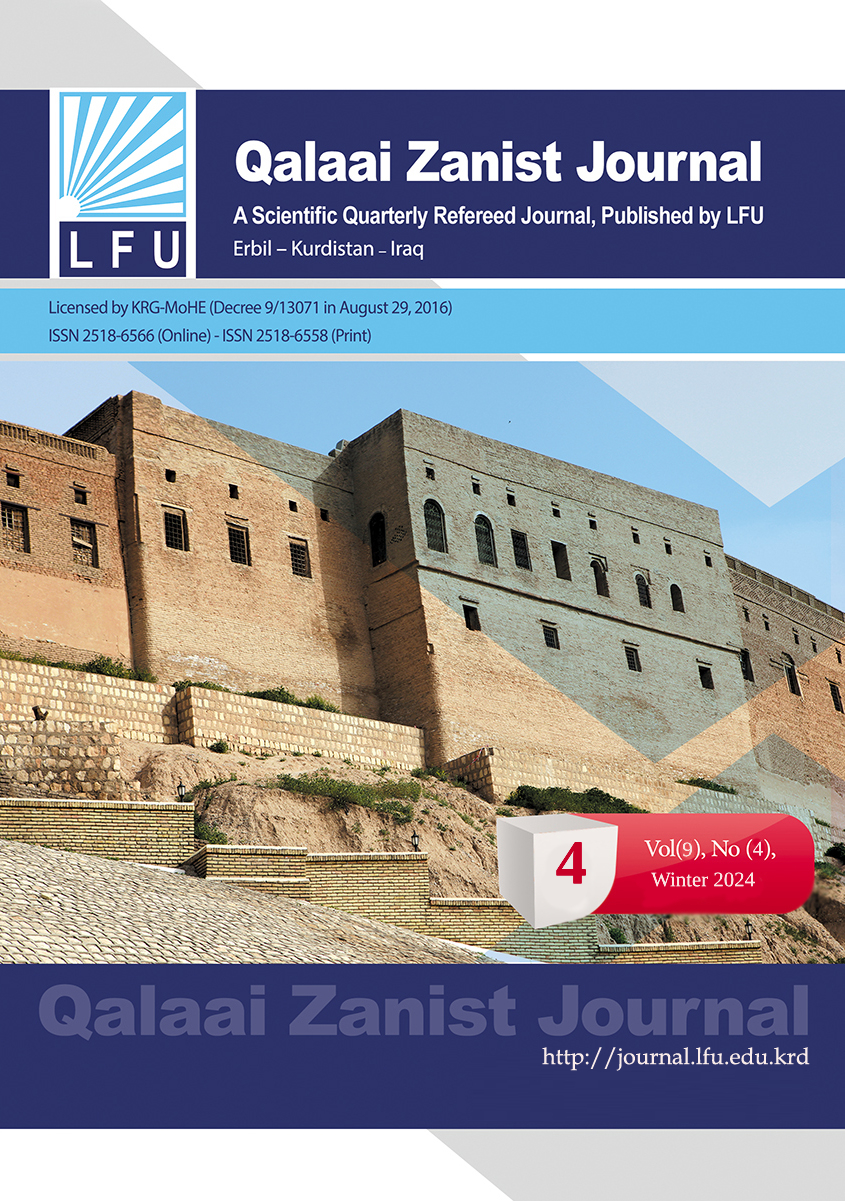Attitudinal Analysis of Gender Variation in Central Kurdish Media Discourse
##plugins.themes.bootstrap3.article.main##
Abstract
This study compares gender variation in spoken media discourse in Central-Kurdish based on the Attitudinal mode of the Interpersonal language meta function. TV interviewees public speeches are analyzed using content analysis, a qualitative and descriptive methodology. The research instrument is a qualitative exploratory. This paper addresses the following questions: What are the areas of attitudinal mode subcategories selection similarities and differences between the speakers of both genders? What is the frequency of Polarities of Attitudinal choices between the speakers of both genders? How does the selection of the attitudinal mode by TV interviewees media discourse in Central Kurdish affect the interpersonal meta-function? The findings provide quantitative information regarding the distribution of the results regarding the attitude types, the use and selection of the attitudinal subcategories, and the frequencies of each attitudinal mode in the speech of both genders. The results of the study indicate that the most popular choice of attitude is appreciation in both the male and female interviewees. The prevalent attitude polarity in the speech of the male speaker is negative. In contrast, positive polarity is predominantly employed by the female speaker. Furthermore, the use of attitudinal subcategories has a significant impact on the interpersonal meaning through which the speakers express their attitudes, as well as on the intimacy and friendship with the audience
Downloads
##plugins.themes.bootstrap3.article.details##
How to Cite
Copyright (c) 2024 Hawsar A. Shekhani، Daban Q. Jaff

This work is licensed under a Creative Commons Attribution 4.0 International License.

